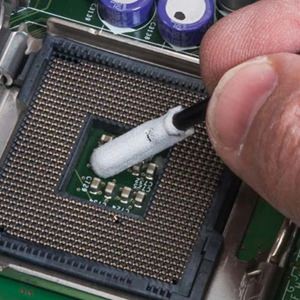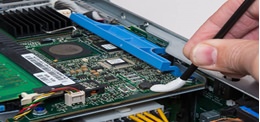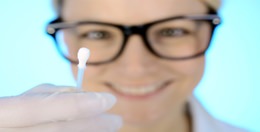Coventry Sealed Polyester Swabs
An exceptionally clean room polyester swab produced by Coventry™’s proprietary process of forming and welding the swab head without the use of adhesives.
Featuring either knit or nonwoven fabric heads, these swabs are acid and solvent resistant. Sealed edges build in high strength with no loose fibers or particulates. Coventry™ sealed polyester swabs have the strongest seams available and will not split. They are ideal for tough scrubbing around raised shapes. Class 10 (ISO Class 4) processing gives you low ionic, nonvolatile residue and particle contaminants. Aqua-Prime™ process available on all sealed polyester swabs.
Features & Benefits
- Excellent strength
- High absorbency and absorbency rate
- Excellent solvent compatibility
- Does not generate loose fibers or particles
- No adhesives or binders are used in the construction
- Good for tight tolerance work
- Micro-fiber has increased number of microspace to trap more particles
- 34860, is patented; U. S. Patent Number 6629329.
Applications
- Validate Biogenetic/Pharmaceutical Surfaces
- Clean Disk Drive Components
- Clean Sensitive Surfaces in Optics
- Clean Aerospace Hardware




